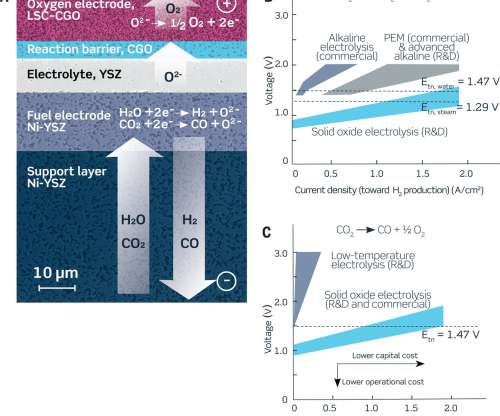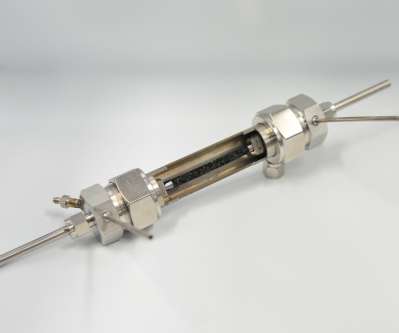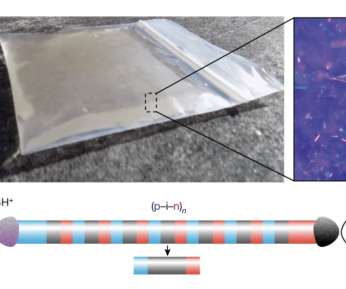Stanford researchers make ammonia from air and water microdroplets
Green Car Congress
MAY 1, 2023
Stanford researchers, with a colleague from King Fahd University of Petroleum and Minerals, have developed a simple and environmentally sound way to make ammonia with tiny droplets of water and nitrogen from the air. This gas–liquid–solid heterogeneous catalytic system synthesizes ammonia in 0.2 The conversion rate reaches 32.9 ± 1.38






































Let's personalize your content